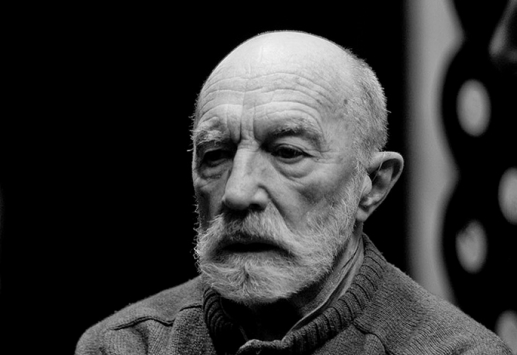Bernard Parmegiani

Bernard Parmegiani was a key member of Paris’ iconic Groupe de Recherches Musicales (GRM), and a major figure in the development of 20th century electroacoustic music. Parmegiani belongs to to the same pantheon as Luc Ferrari and François Bayle – groundbreaking French composers, operating in the orbit of musique concrète figurehead Pierre Schaeffer, who helped clear the ground for the following half-century of appropriative musical practice. Parmegiani began his creative life working as a sound engineer for French television (although, famously, he also spent time training as a mime artist with Jacques Lecoq) in the late 1950s. Having caught the attention of Schaeffer, he enlisted at the GRM – a notable hub of composers investigating the burgeoning field of musique concrète, and the epicentre of European electronic music practice at the time – and began working as a composer proper.
After an exploratory 1960s (see free jazz-inspired tape piece Jazzex), Parmegiani’s work came into its own in the 1970s. The decade saw him produce his definitive work, 1975’s De Natura Sonorum – an ingenious juxtaposition of natural and synthetic sound sources, and undoubtedly one of the most important pieces in the history of electroacoustic music. His many compositions over five decades include works with dance, theatre and performance art groups, and, despite his advanced years, he kept composing well into the new millennium.


